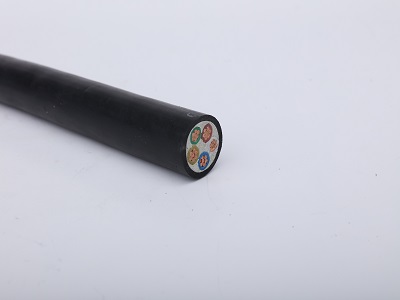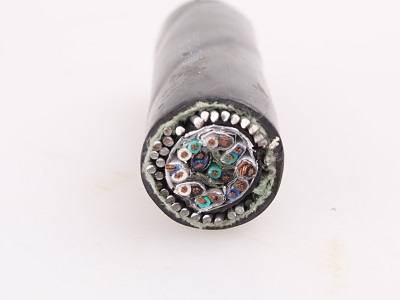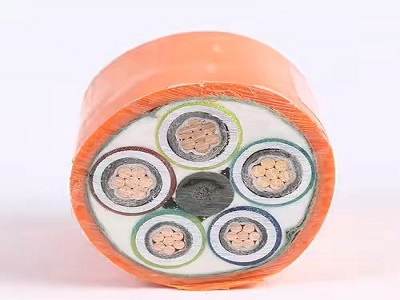
Low Voltage Cables
Includes a variety of copper or aluminum insulated polymer insulated cables with voltage ratings between 600 અને 1000 volts. These cables are used to transmit power in a variety of applications, from lighting to drive power to electric motors, and there is a very wide range of low voltage cables designed specifically for the operating environments in which they are used.
The product range includes fire protection cables for sensitive environments where fire protection is very important. The lead sheath provides general protection against the ingress of hydrocarbons, corrosive gases and water.
Medium Voltage Cables
Mv XLPE insulated cables, copper or aluminium conductors with voltages ranging from 1 to 36 kV, widely used in urban and industrial areas. Our medium voltage cables are manufactured according to protocol to IEC standards or BS and VDE alternatives.
High Voltage Cables
High-voltage cables and high-voltage cables are made of copper or aluminum conductors and XLPE insulation, and the voltage level is above 36 kV. XLPE insulated injected conductors use computer controlled CCV lines. The implanted XLPE insulating material must have a completely homogeneous crystal structure and be free of any impurities or pores. Basic quality control is also carried out at key points of the CCV line. XLPE insulation is physically and chemically very easy to form chains with water molecules. If water or water vapor is present in the insulating layer, these chains will form and the electrical resistance of the insulating layer will decrease.
Building wire and cable is responsible for distributing electricity in a building. These types of wires and cables have different structures. These structures include flexible cables whose conductors must be flexible. The insulating material used there is PVC 70 ºC or PVC 90 ºC or rubber. This type of cable can be produced with plain copper or tinned shields.
Heat resistant cables are another category of this group, in addition to being flexible conductors, their insulation must be silicone rubber. This type of insulation will have a heat resistance of 180°C and a glass fibre braided coating is used to add its further heat resistance and protect the insulation from mechanical damage.
Instrumentation Cables

Instrumentation cables used in control systems to send/receive signals digital and analog to/from devices and sensors. These cables are basically in the 24-101 V voltage range and/or 4-20 mA rated current. Instrument cables must be protected from electrical interference.
Fireproof Cables

Fire rated cables must be able to withstand fire, water fire and/or mechanical shock associated with fire. Cables used in public places and emergency systems, such as fire alarm circuits and emergency lighting systems, should not endanger human health and cables by releasing acid gas as a matter of emergency.
These cables should be fire resistant and low smoke. In other words, these cables should not continue to burn as the source of the fire disappears, or spread the fire to other locations, or produce smoke that makes emergency lights or exits invisible. In today’s power industry, a large part of the distribution of electrical energy, especially at low voltages, is done through cables.
Of course, in some cases, special cables are also used to transmit medium and high voltage energy. The use of cables in electrical installations is very extensive and very important. Cable factories produce many types of cables for public and private use. Hundreds of thousands of professionals with different skills are employed in various sectors of the industry. Of course, deadlines and adherence to technical principles are required in addition to strong pressures from the production sector.